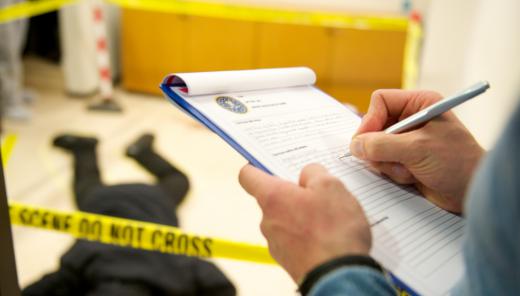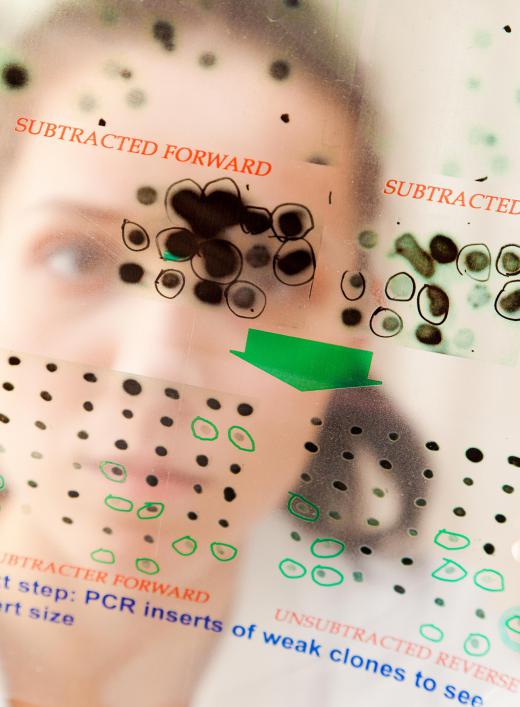What are DNA Tests?
Tests that include an examination of the deoxyribonucleic acid (DNA) are called DNA tests. They are used in a number of different settings, both in the medical and law enforcement fields, for a number of different reasons. In most cases, DNA tests are used to identify individuals, often either for paternity or for criminal investigations. For those who are concerned about genetic defects or who are prone to different diseases, these tests may determine how susceptible an individual will be.
The area of DNA testing that deals with tracking diseases and birth defects is sometimes called genetic testing. Often, this is done before the first sign of symptoms show up. If medical science understands that there is a strong likelihood of an individual developing a certain disease, preventative measures can be taken. In many cases, there may be no way to stop its onset and the symptoms, but the symptoms may be lessened or controlled early on by aggressive treatment.

Many of the benefits of DNA tests are seen in the courtroom, both on the civil side and the criminal side. On the civil side, these tests may be court ordered so that paternity can be determined. This often happens in child support cases where a man is claiming not to have fathered a child. On the criminal side, it can be used to identify suspects at a crime scene. The use of DNA tests for identification purposes is often called DNA fingerprinting.

The type of DNA testing often done for identification purposes, whether it is criminal or civil, is called a polymerase chain reaction (PCR). The PCR test examines repeating base pairs of molecules which may be located in one of 13 areas. If there is a match in all 13 areas between the test sample and known sample, identification is positive. While the probability of matching all 13 areas is approximately one in a billion, there are times when all 13 areas, or loci, will not be available. This happens with evidence that deteriorates over time. This situation creates a sliding scale of probability based on how many matches are present. For example, the odds of matching only one of 13 loci will be very high and could include millions or billions of individuals.

DNA tests are often conducted at a location suitable for testing, with highly specialized robotics and materials that are used to extract the DNA. This DNA laboratory must be kept free of any sort of contamination that may ruin the test results. Further, those who work in such labs are often medical professionals who go through extensive training regarding chain of custody issues, and the ability to keep samples free from outside interference.
AS FEATURED ON:
AS FEATURED ON:















Discuss this Article
Post your comments